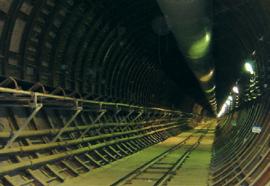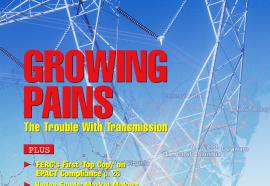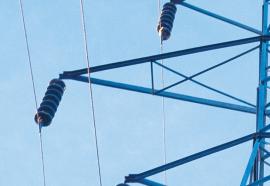What's Holding Back the Nuclear Renaissance?
The stars would seem to be aligned for a renaissance of nuclear power in the United States. Fossil-fuel prices are historically high, political uncertainty plagues the Middle East, Russia, and other oil-producing regions, new reactor technology looks promising, and President Bush is promoting nuclear among the alternatives for electric power. Indeed, opinion polls suggest the public has an increasingly positive attitude towards nuclear power.





